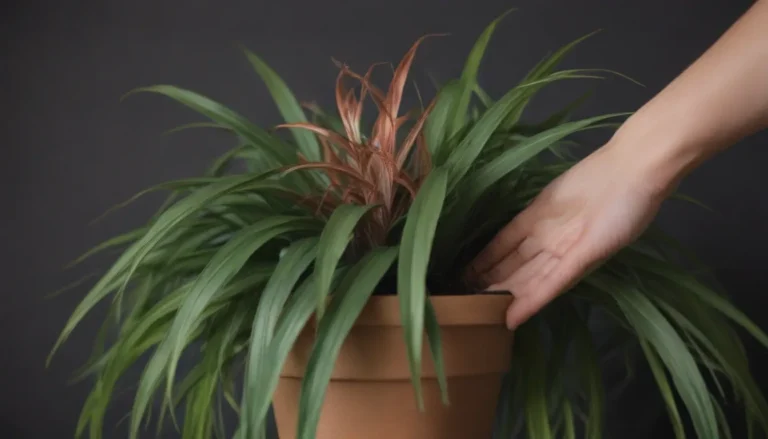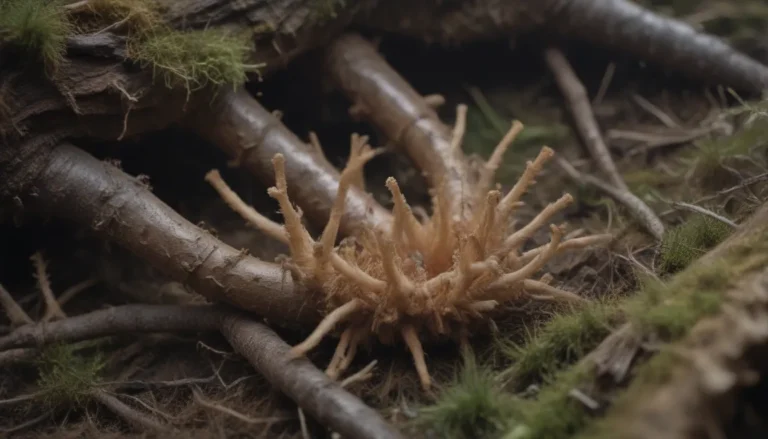A Complete Guide to Overwintering Plants and Keeping Them Alive in Winter

Welcome to our comprehensive guide on overwintering plants to ensure they survive the cold winter months. Every gardener knows the struggle of keeping plants thriving when temperatures drop, but with the right knowledge and techniques, you can successfully overwinter your plants and watch them flourish come spring.
Understanding Overwintering: What You Need to Know
Overwintering is a crucial process for preparing plants for the cold temperatures and harsh weather conditions of winter. It involves taking specific steps at the end of the growing season to help plants survive a period of dormancy and emerge healthy in the spring. By overwintering your plants, you can extend their lifespan and protect them from cold damage.
The Benefits of Overwintering
- Allows you to grow plants that are not typically suited to your hardiness zone
- Helps vulnerable perennials, shrubs, and trees withstand winter conditions
- Gives plants a head start on the next growing season with a well-developed root system
Do Your Plants Need Overwintering?
While not all plants require overwintering, certain delicate or tropical species will benefit from extra care during the cold season. Here are some examples of plants that may need overwintering techniques:
- Bulbs: Some tender bulbs like dahlias and begonias need to be dug up and stored for replanting in spring
- Immature Shrubs: Young shrubs may benefit from winter protection to prevent root dehydration and damage from winter weather
- Shrubs with Shallow Roots: Plants like azaleas and camellias with shallow root systems are prone to frost damage and may require mulching for protection
- Tropical Houseplants: Bring tropical houseplants indoors before temperatures drop below their survival threshold
How to Overwinter Plants Successfully
Overwintering plants doesn’t have to be complicated. Here are some simple methods for ensuring your plants survive the winter months:
1. Moving Plants Indoors
- Inspect plants for pests before bringing them inside
- Avoid temperature fluctuations by moving plants indoors during the cooler parts of the day
- Consider end-of-season pruning and repotting as necessary
2. Digging and Storing Bulbs and Tubers
- Harvest tender bulbs and tubers once foliage has dried back
- Store bulbs in cool, dry conditions between 40-50 degrees F
- Use different storage methods depending on the plant species
3. Covering and Mulching
- Apply a 3-inch layer of quality mulch around plants with shallow roots
- Lift mulch in spring to allow for new growth
- Wrap vulnerable shrubs in burlap or cage with chicken wire for added protection
Tips for Overwintering Trees and Perennials
- Cut back and remove dead growth from trees and perennials
- Prune out dead wood to promote healthy growth in spring
- Consider cutting back up to one-third of evergreen perennials to encourage energy storage in the roots
By following these tips and techniques for overwintering plants, you can ensure your garden remains healthy and vibrant year-round. Don’t let cold weather deter you – with the right strategies, your plants will thrive even in the midst of winter. So, get ready to take on the challenge of overwintering and watch your garden flourish!





